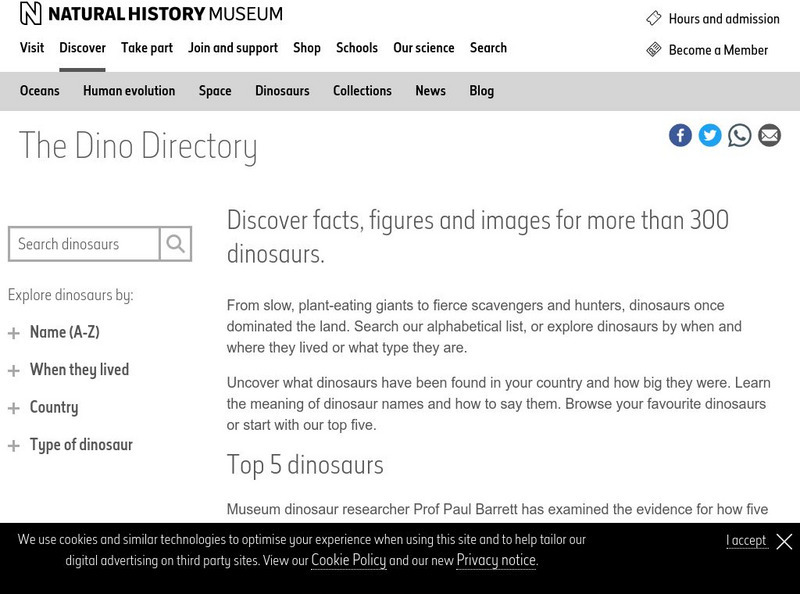American Museum of Natural History
American Museum of Natural History: Theory of Everything O Logy Card
Turn over this OLogy card to learn bite-size pieces of information about the theory of everything, also known as unified theory.
American Museum of Natural History
American Museum of Natural History: Triceratops O Logy Card
Flip over this interactive card to find fast facts, questions and answers, and other bite-size pieces of information about Triceratops horridus.
American Museum of Natural History
American Museum of Natural History: O Logy: What Do You Know? Biodiversity
Take a self-scoring quiz that tests your knowledge of biodiversity.
American Museum of Natural History
American Museum of Natural History: O Logy: What Do You Know? Virtual Water
A quiz to test your knowledge of the water it takes to grow and produce the food we eat and the products we buy.
American Museum of Natural History
American Museum of Natural History: O Logy: What Makes You You? What Makes Me Me?
Simple animation explains the function of chromosomes, genes, and DNA by letting you zoom into a cell nucleus for a closer look.
American Museum of Natural History
American Museum of Natural History: O Logy: Stuff to Do: Grow Rock Candy
Learn about the crystal patterns and shapes of select minerals (diamond, quartz, muscovite, and topaz) and how to grow your own rock candy crystals.
American Museum of Natural History
American Museum of Natural History: O Logy: Stuff to Do: Create a Compass
Step-by-step illustrated instructions for building a compass and testing its accuracy.
American Museum of Natural History
American Museum of Natural History: O Logy: Stuff to Do: Dress Up a Horse
For this activity, students dress a horse and rider in gear from six cultures. They then answer questions about their features and about similarities and differences between styles from different cultures. The horse, rider, and gear...
American Museum of Natural History
American Museum of Natural History: O Logy: The Tree of Life: True Bacteria
Visit the tree of life and discover characteristics, habitats, and examples of the world's true bacteria.
American Museum of Natural History
American Museum of Natural History: Rising Carbon Dioxide! What Can We Do?
Energy is used everyday coming from burning fossil fuels which releases carbon dioxide into the air. Discover what this has to do with global warming and how we can do our part to slow it down.
American Museum of Natural History
American Museum of Natural History: O Logy: Stuff to Do: Scavenger Hunt
Illustrated instructions for creating a scale model of the solar system.
American Museum of Natural History
American Museum of Natural History: O Logy: Bahamas: Creatures of the Reefs
Biologist Paula Mikkelsen, who studies mollusks among the coral reefs in the beautiful waters of the Bahamas, explains her work.
American Museum of Natural History
American Museum of Natural History: O Logy: Chasing Spiders Down Under
Naturalist Vladimir Ovtsharenko explains why Australia is home to so many different species of spiders, why spiders are important, and why spiders should be protected.
American Museum of Natural History
American Museum of Natural History: O Logy: Stuff to Do: Wear a Chimp
Illustrated instructions for a constructing bracelet from a section of the DNA code for a chimp, a sunflower, a grizzly, the human heart, or any one of six other plants or animals.
American Museum of Natural History
American Museum of Natural History: O Logy: Stuff to Do: Feed the Birds
Instructions for building a bird feeder and for keeping a journal of observations about the birds that come to feed.
American Museum of Natural History
American Museum of Natural History: Ology: Endangered!
After making the gameboard, play this interactive learning game that teaches about "The Endangered Species Act", a law that protects animals and plants that are in danger of going extinct.
American Museum of Natural History
American Museum of Natural History: O Logy: Stuff to Do: Draw a Monarch Butterfly
Learn how to make a scientific illustration of a monarch butterfly in several easy steps.
American Museum of Natural History
American Museum of Natural History: Meet the Universe's Main Attraction Gravity
Illustrated and animated series of short articles answers the questions, what is gravity? and what does it do?
American Museum of Natural History
American Museum of Natural History: O Logy: What Is the Greenhouse Effect?
An illustrated explanation of the greenhouse effect.
American Museum of Natural History
American Museum of Natural History: O Logy: Stuff to Do: Build the Big Dipper
Illustrated instructions for building a Big Dipper mobile.
Other
Dinosaur Depot Museum: The Dinosaurs of Marsh and Cope [Pdf]
This booklet was written by Kenneth Carpenter from the Denver Museum of Natural History. It looks at the Jurassic dinosaurs that lived in Garden Park, Colorado. These included carnivorous dinosaurs, thunder lizards, Ornithopods, and...
Smithsonian Institution
National Museum of Natural History: Relative Dating in Archaeology [Pdf]
Activities for the classroom that teach about stratigraphy and seriation, two methods used in the relative dating of objects in archaeology.
San Diego Natural History Museum
San Diego Natural History Museum: Feathered Dinosaurs: Dinosaur Root Words [Pdf]
Go to page 7 of this teacher's guide to find dinosaur root words. These can be used to make flashcards. Many of these roots are found in English words. Choose some of these root words and identify at least one corresponding English word.
Natural History Museum
Natural History Museum: Dinosaurs
Discover how, where, and when dinosaurs lived millions of years ago by engaging in interactive games, viewing 3D images, or taking a quiz.


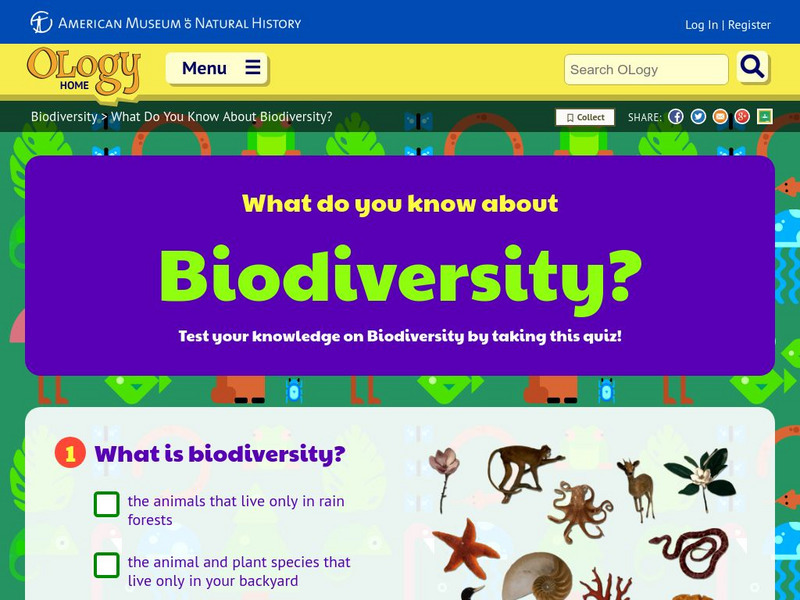
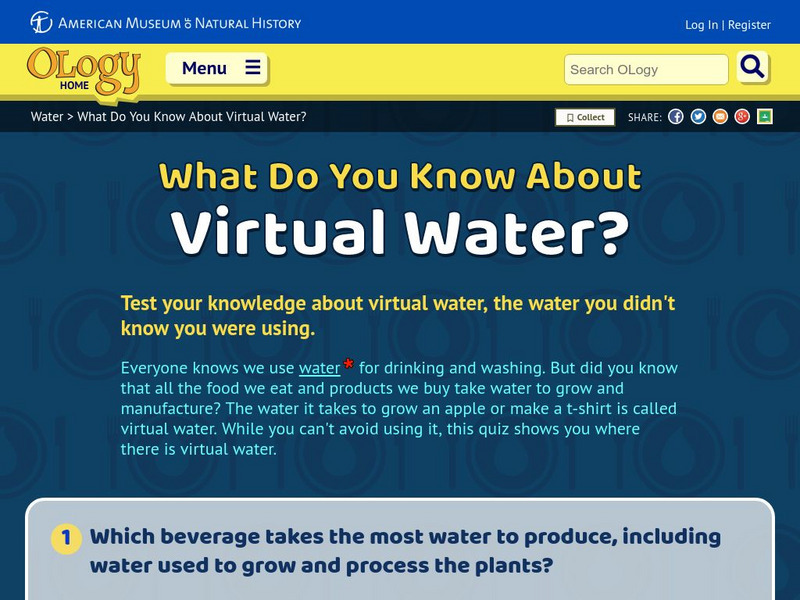
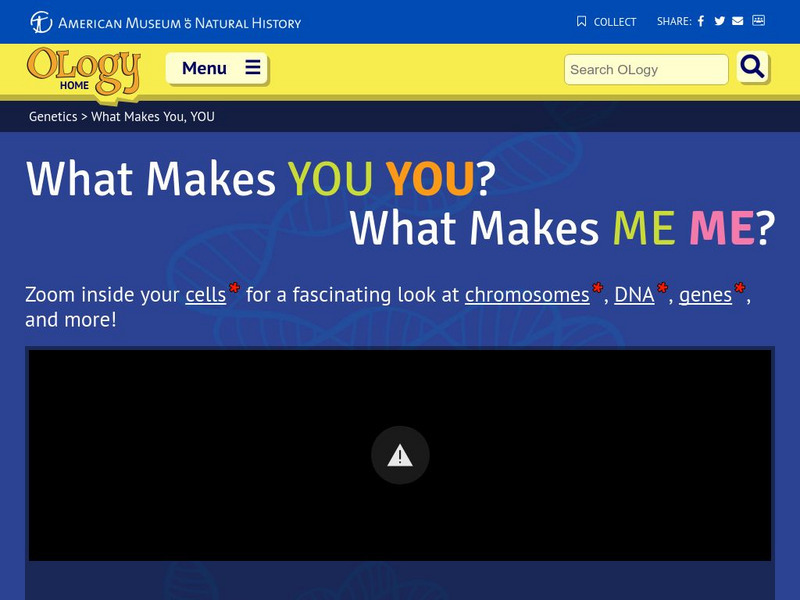

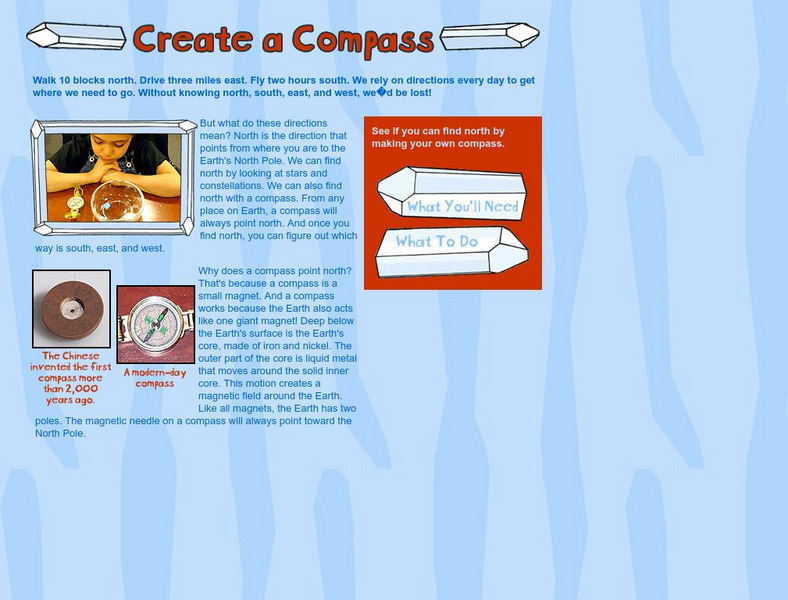
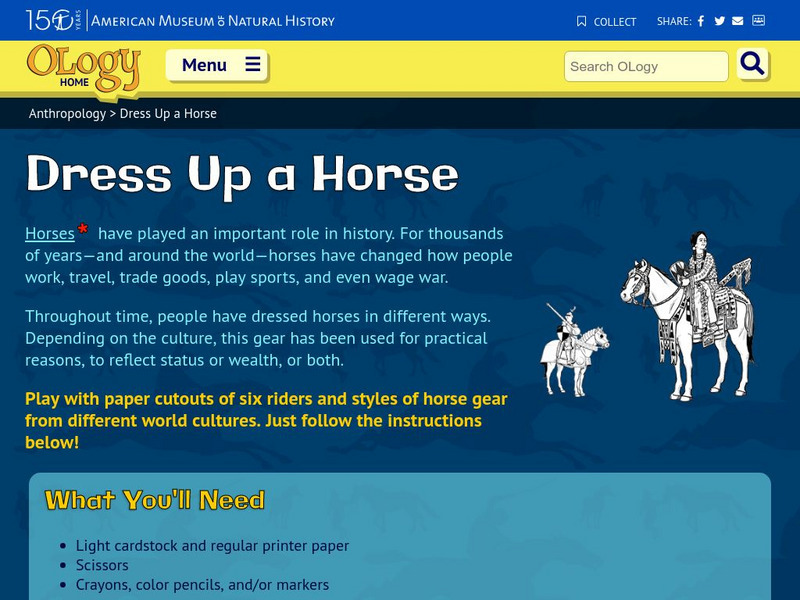

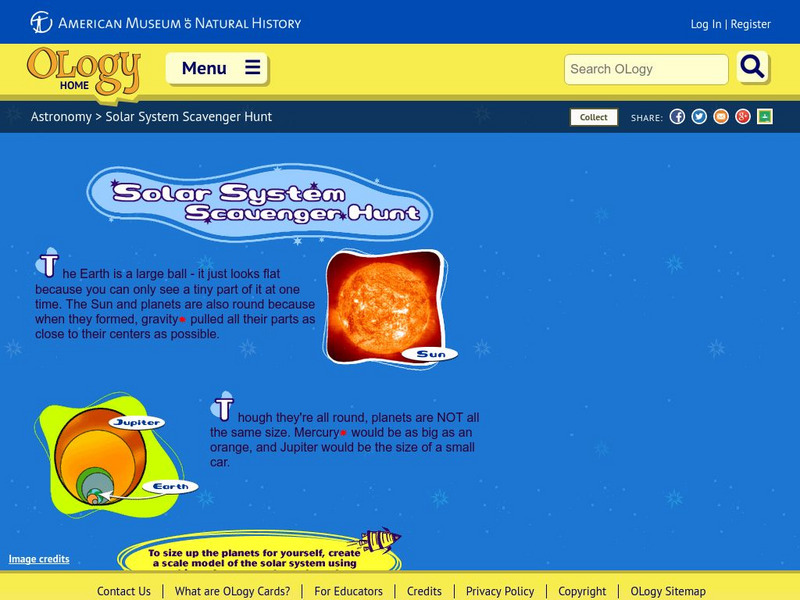

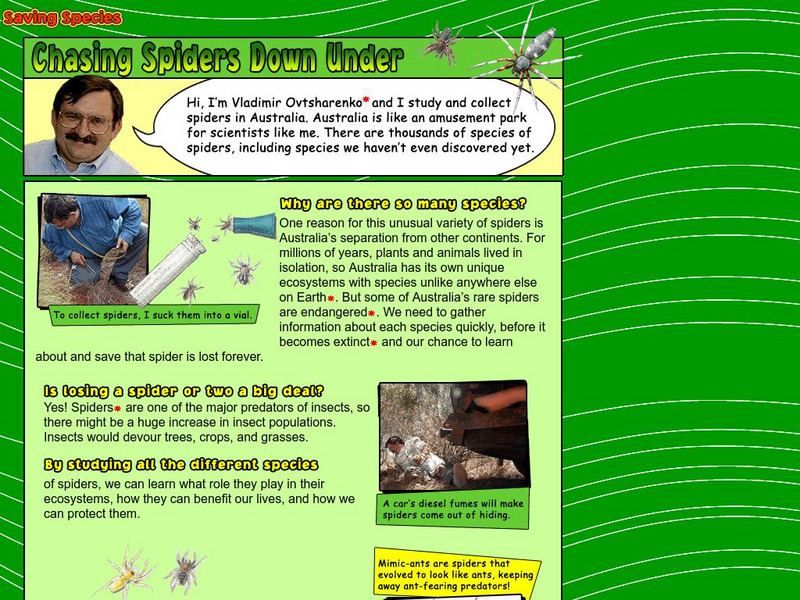
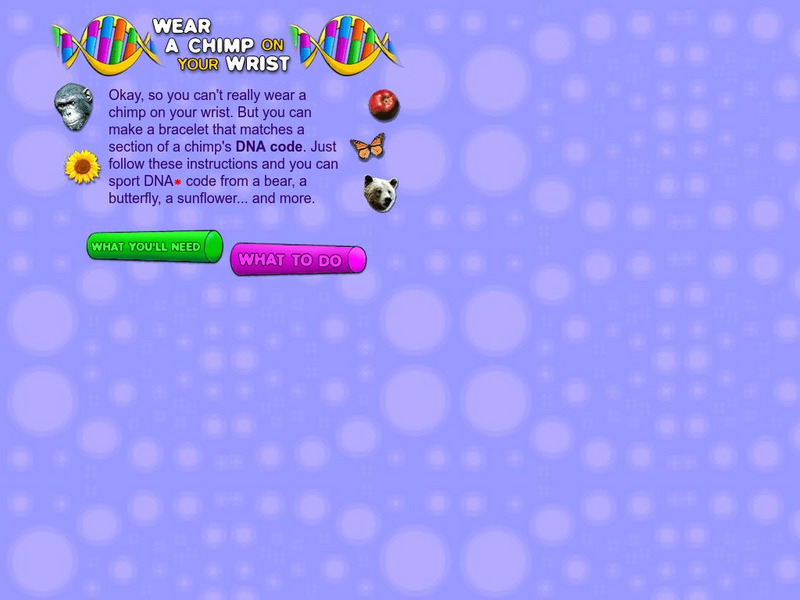
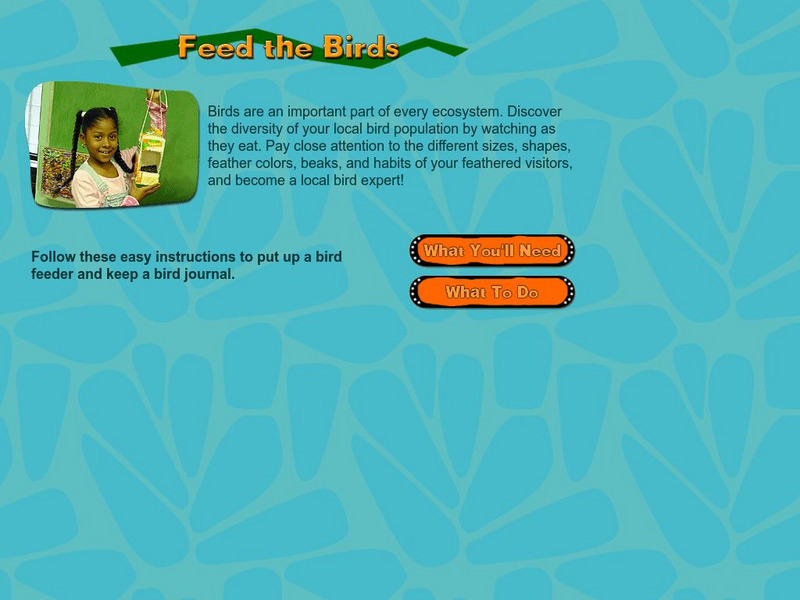




![Dinosaur Depot Museum: The Dinosaurs of Marsh and Cope [Pdf] Primary Dinosaur Depot Museum: The Dinosaurs of Marsh and Cope [Pdf] Primary](https://content.lessonplanet.com/knovation/original/370665-1b32c38686322a4259939e78352816d6.jpg?1661188997)
